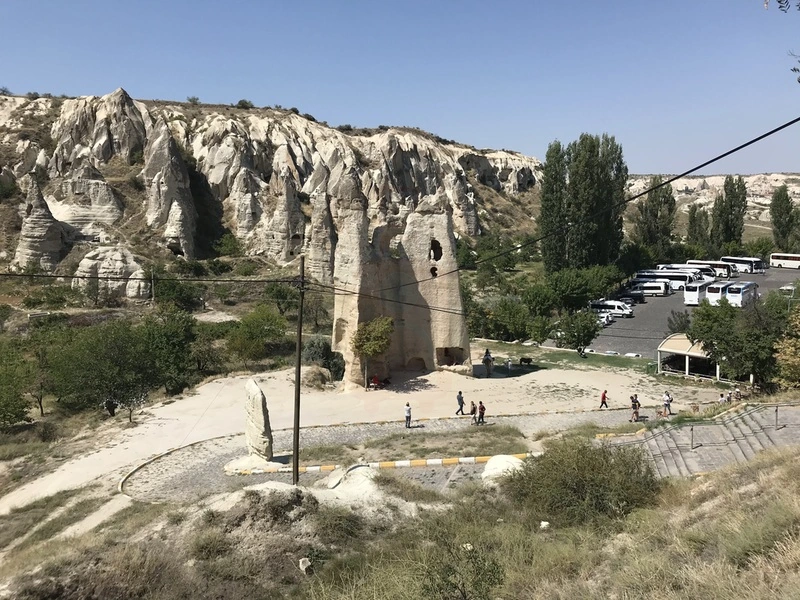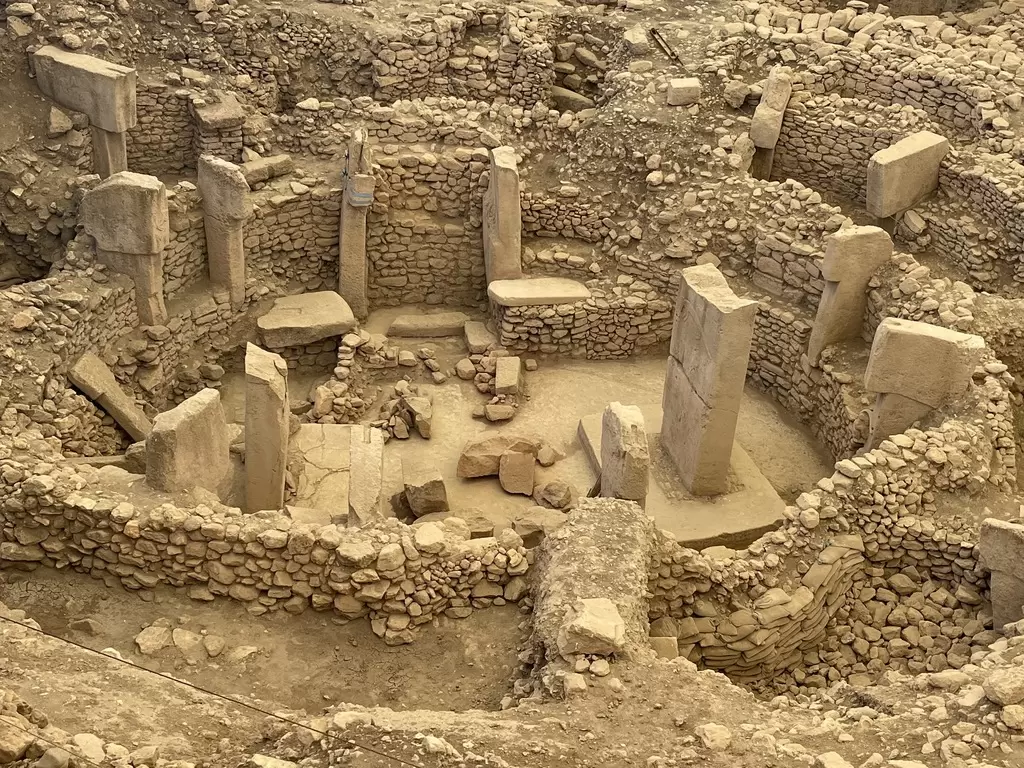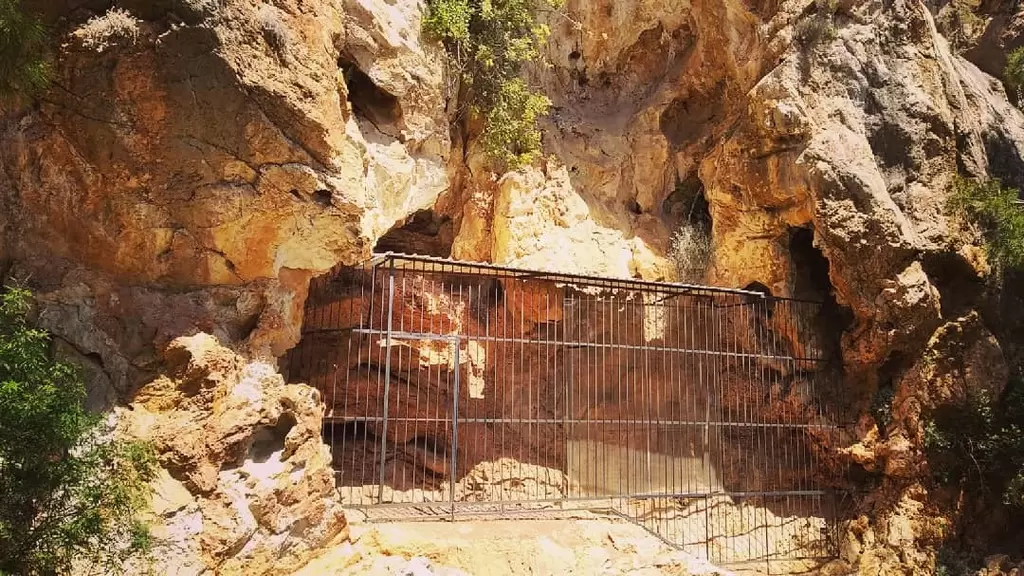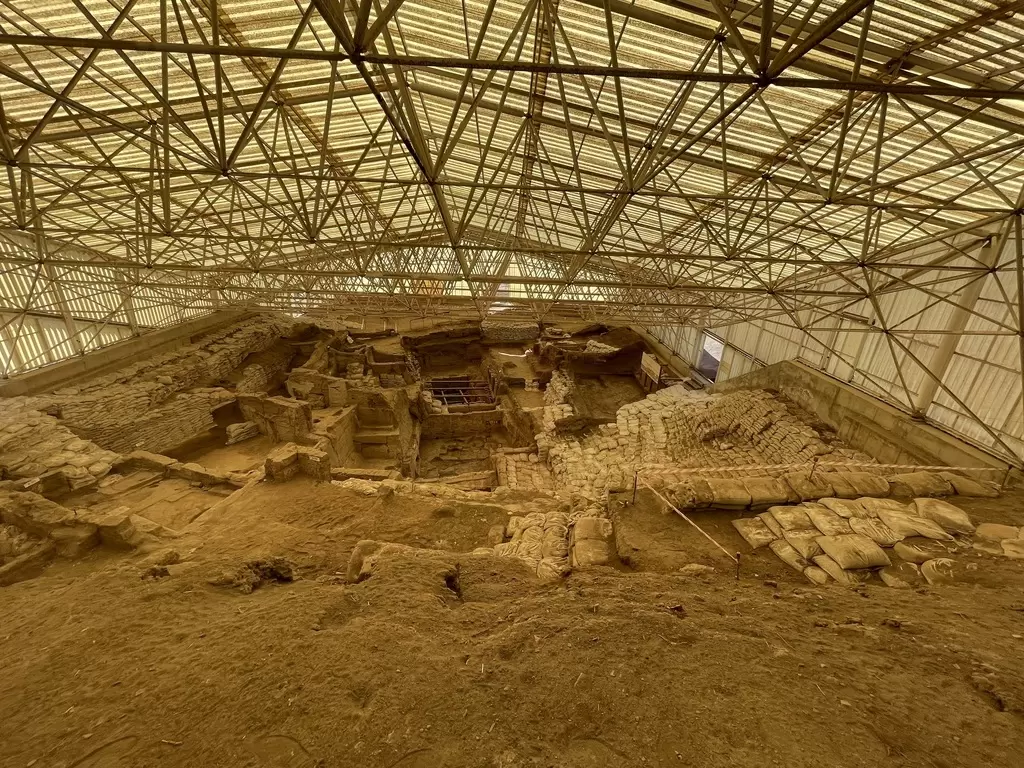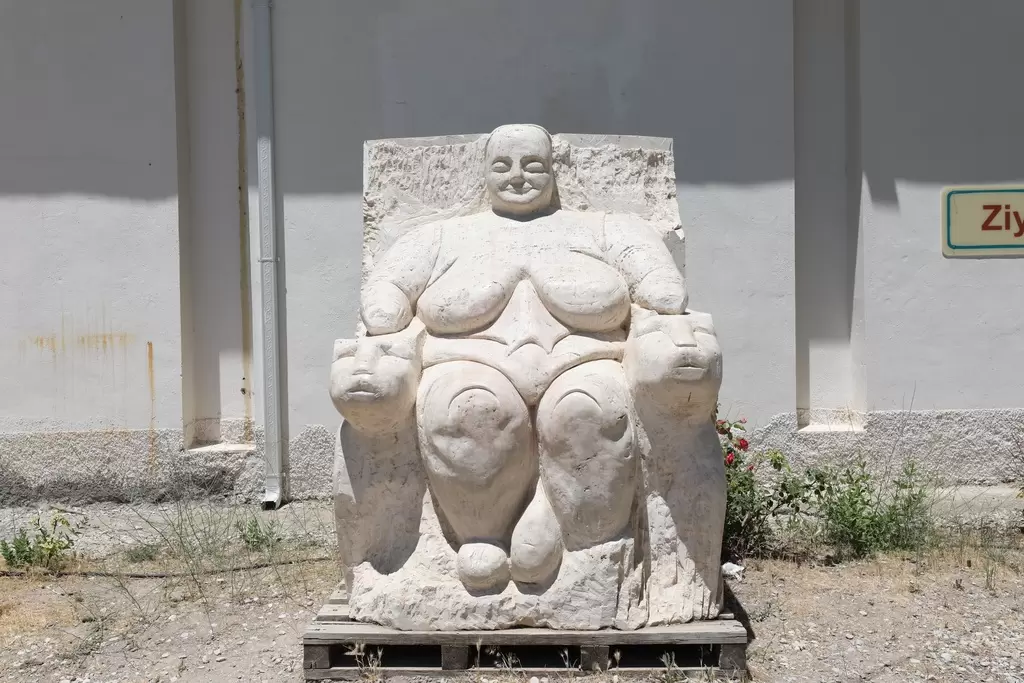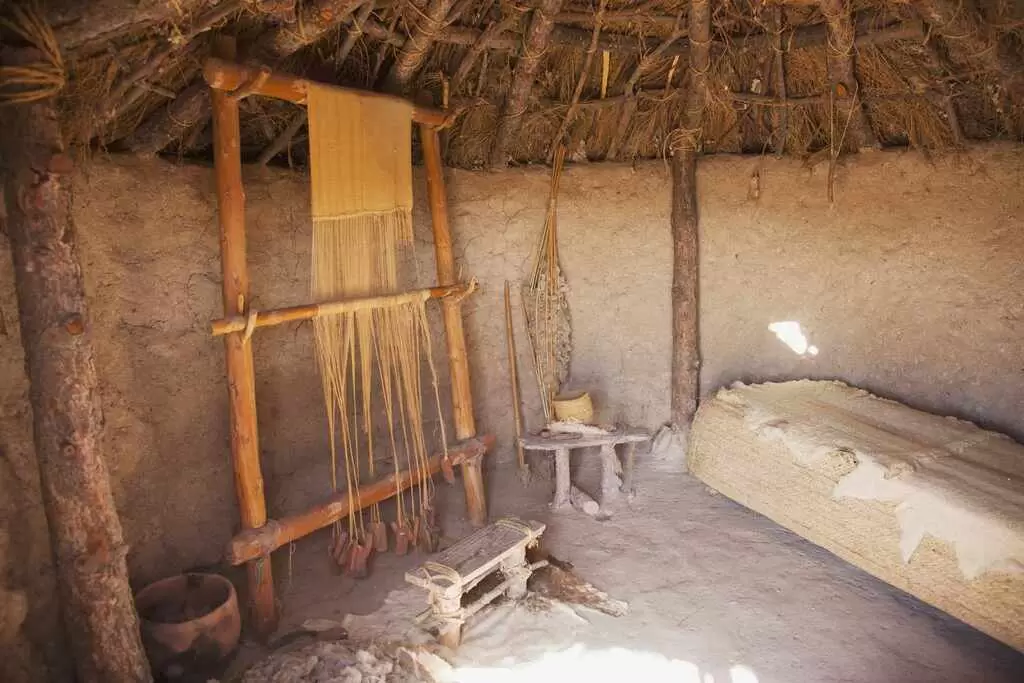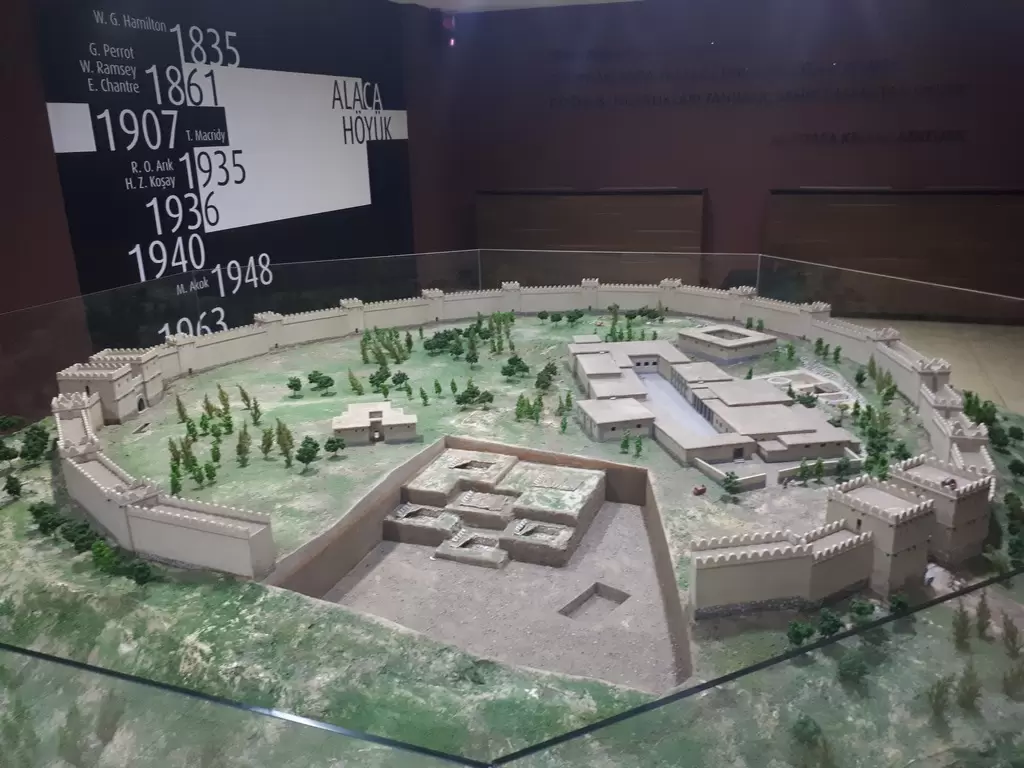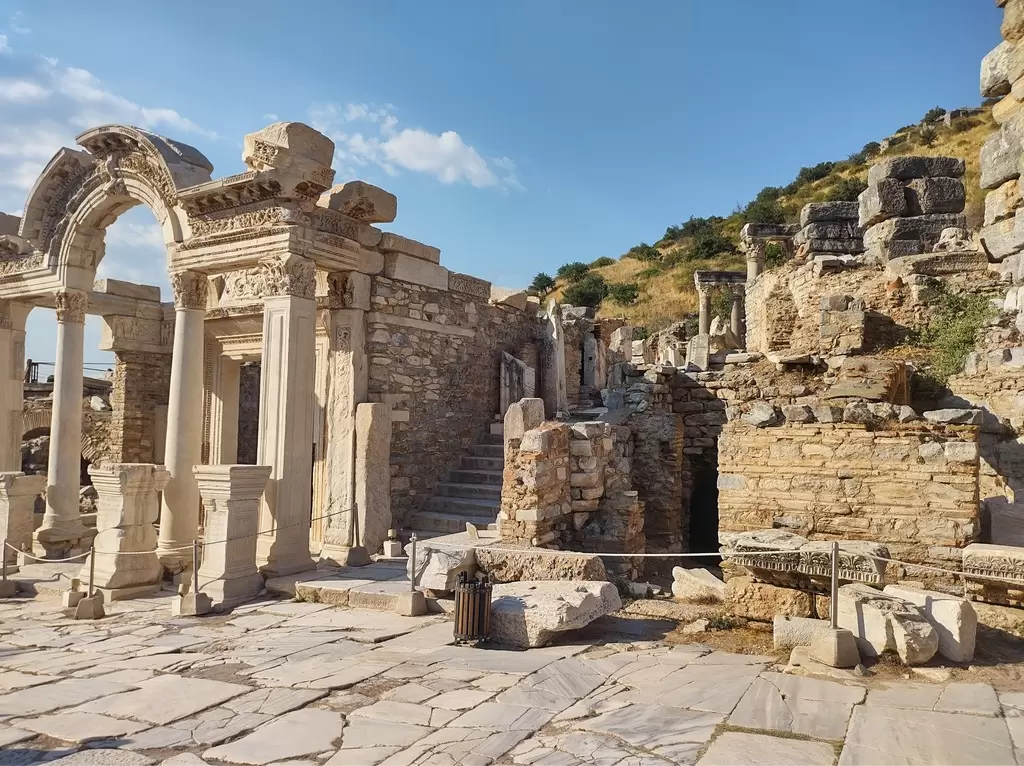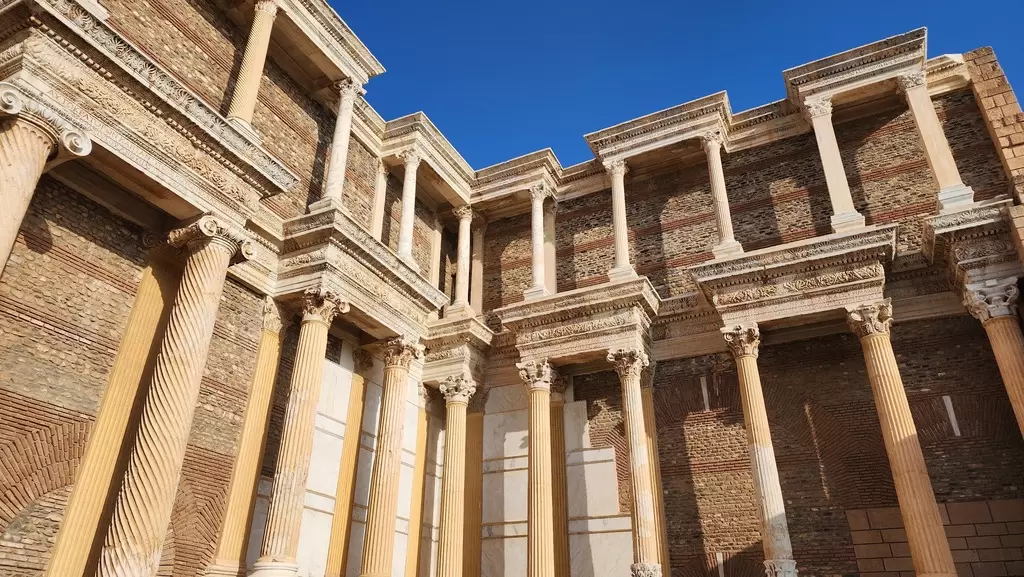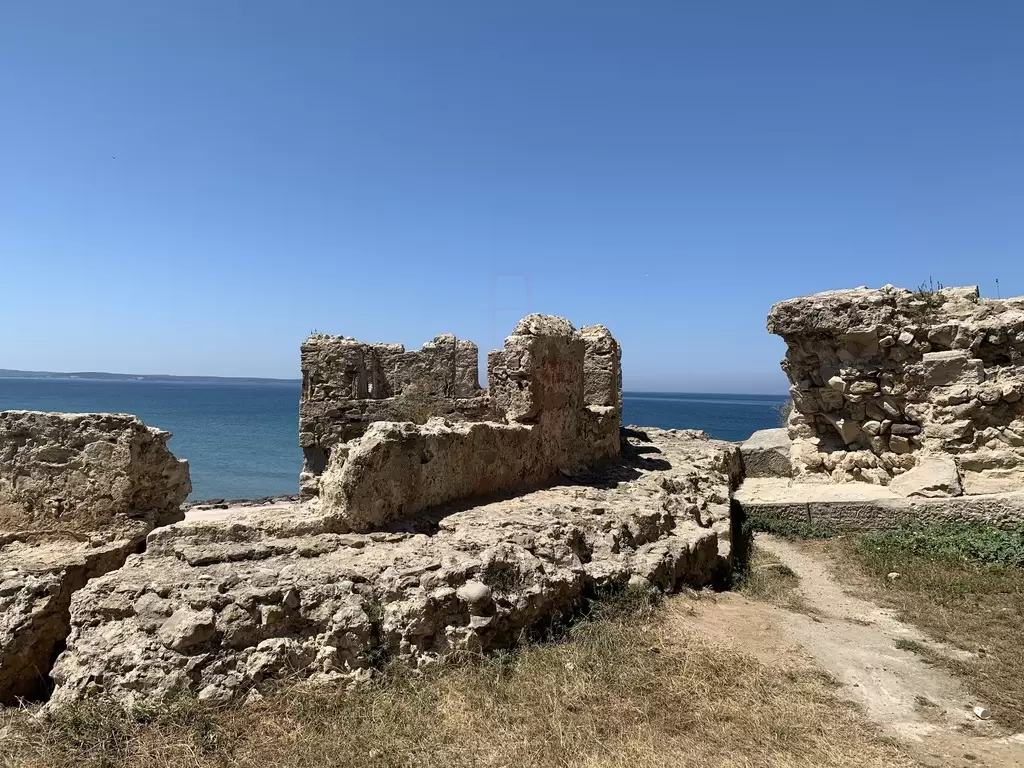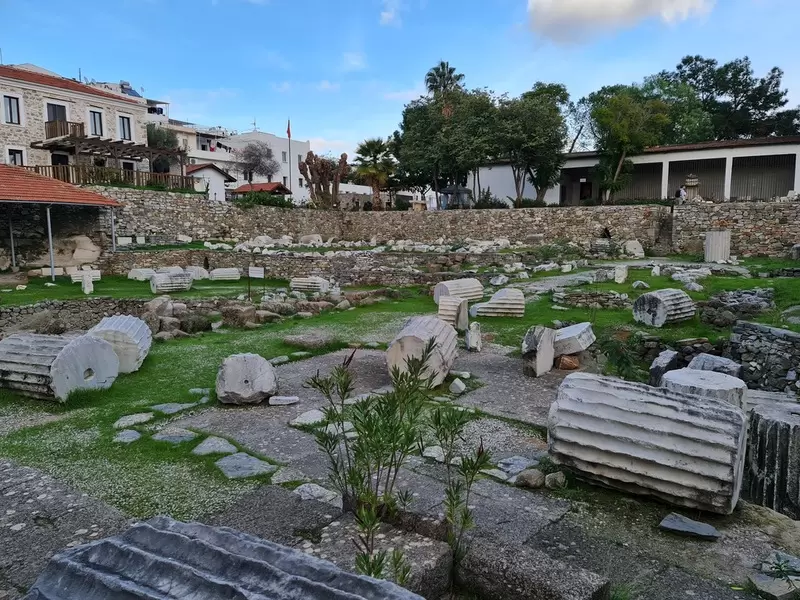
The Kingdom of Caria, located in southwestern Anatolia, was a significant ancient civilization that flourished from the 6th century BCE until its eventual incorporation into the Roman Empire in the 1st century BCE. Known for its strategic coastal position along the Aegean Sea, Caria became an essential hub for trade and cultural exchange, influencing the surrounding regions.
Caria's most notable city was Halicarnassus, famed for its rich history and architectural marvels. Halicarnassus was the birthplace of Mausolus, a satrap of the Persian Empire, who commissioned the construction of the Mausoleum of Halicarnassus, a monumental tomb that became one of the Seven Wonders of the Ancient World. This structure exemplified the fusion of Greek, Egyptian, and Anatolian architectural styles and showcased intricate sculptures and reliefs.
The Carians were known for their naval prowess and skilled seafaring, enabling them to control trade routes and maintain connections with other cultures, including Greek city-states and the Phoenicians. This maritime strength contributed to their economic stability and cultural richness.
Caria was originally part of the Persian Empire, and its rulers were appointed as satraps, governing the region with a degree of autonomy. The Carians developed a unique identity, blending local traditions with Greek influences, which is evident in their art, language, and customs. They spoke a dialect of the Greek language, and their inscriptions reflect this cultural amalgamation.
In the 4th century BCE, Caria gained prominence during the conquests of Alexander the Great. Following the fall of the Persian Empire, Caria became a focal point for Hellenistic culture. The region saw the rise of new cities, such as Euromos and Iasus, which flourished under the influence of Greek culture while retaining distinct Carian elements.
The Kingdom of Caria was also known for its contributions to art and architecture. Besides the Mausoleum, the region produced impressive temples, theaters, and public buildings adorned with intricate sculptures and reliefs. The Carian style of art often featured local themes and motifs, showcasing the kingdom's unique cultural identity.
By the 1st century BCE, Caria was fully integrated into the Roman Empire, which further transformed the region's cultural landscape. Roman rule brought new architectural styles, infrastructure, and administrative practices, influencing the legacy of Caria in subsequent centuries.
Today, the ruins of Carian cities, including Halicarnassus, provide valuable insights into this ancient civilization's life, culture, and achievements. Archaeological excavations have uncovered significant artifacts, including pottery, inscriptions, and sculptures, which continue to shed light on the rich history of the Kingdom of Caria. Its legacy endures as a testament to the complex interplay of cultures in ancient Anatolia and the Mediterranean world.







